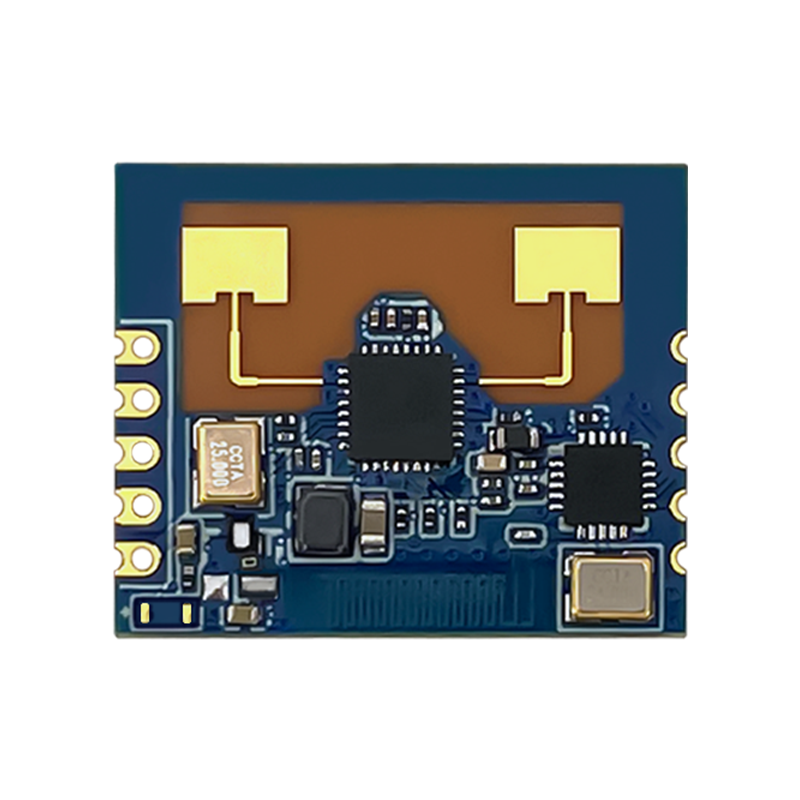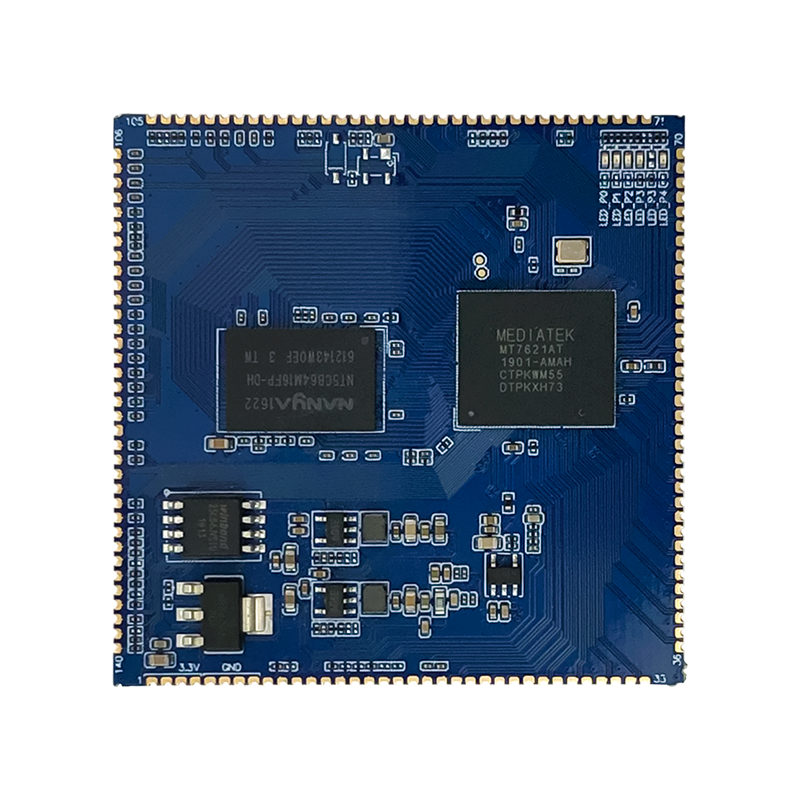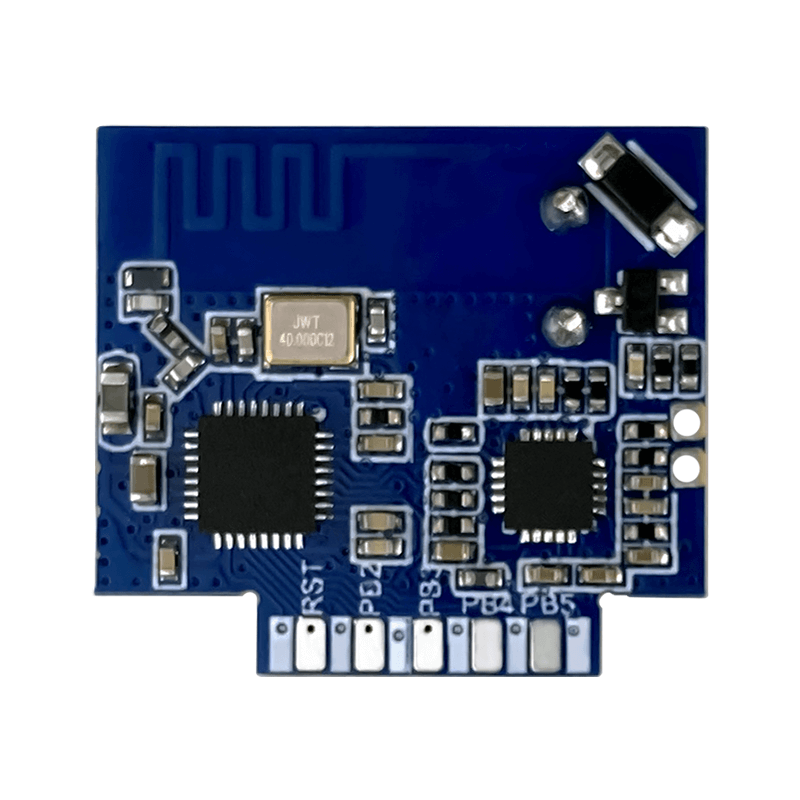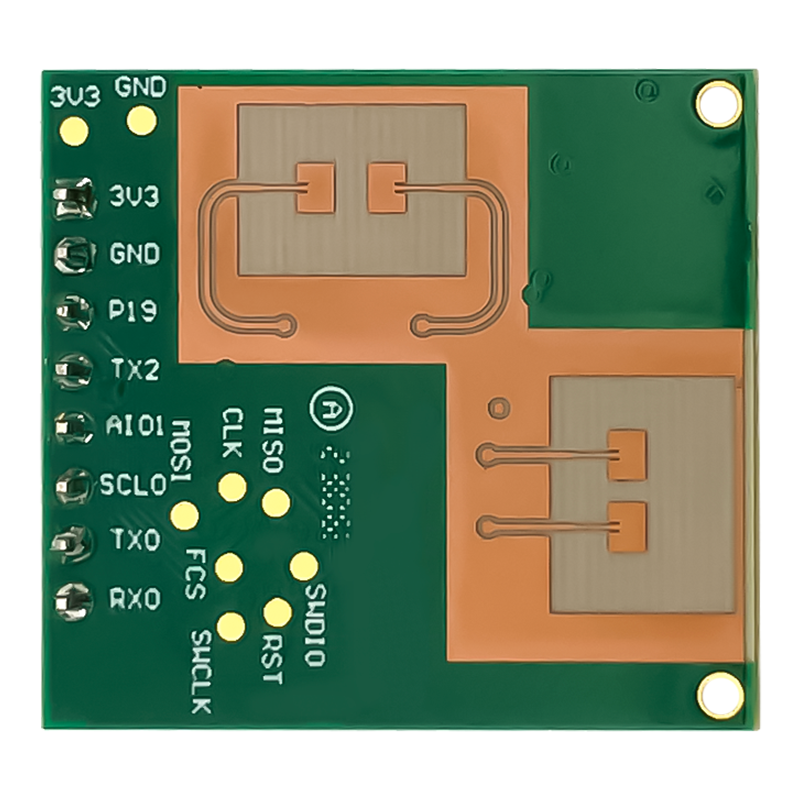





Hotspots/pain points/viewpoints are connected, and the context of the IOT events is under control
Shanghai Telecom has launched the "Urban Optical Network (MONET)" plan in June 2009, and is committed to building a "100M household entry, Gigabit entry building, and T-level export"Network capabilities.Since its FTTx construction started early, after years of practice and accumulation, development models, technical specifications, network planning, equipment procurement, project implementation, business opening, operation management and other links have been Achieve maturity and stability.Currently, Shanghai Telecom’s optical network users are growing rapidly at a rate of 25,000 per week. As of October 2011, Shanghai Telecom has achieved more than 3 million subscribersFTTHCommercial FTTH covering more than 1 million users, of which more than 500,000 users of 10M and above. FTTH has become the main access mode of Shanghai Telecom, and its development momentum has greatly exceeded other regions.
Holographic view grid planning based
As the ultimate mode of broadband access, FTTH is faced with many difficulties in the application process, such as the inability of unified network planning,ODNNo unified standard, high investment, complex configuration of diverse businesses,optic fiber networkLack of fault diagnosis means, etc. In the face of difficult problems, Shanghai Telecom continued to innovate and accumulated rich experience.
The primary task of FTTH construction is overall planning. Shanghai Telecom established a grid-based "holographic view" management system for the first time in 2008, which seamlessly divides the 6340.5 square kilometer area of Shanghai into more than 60,000 grids, and collects all users, facilities, and business income in the grid. Etc. into unified management.
With the development of the "Urban Optical Network", Shanghai Telecom has completed the FTTH grid planning based on the holographic view system in accordance with business development needs. The entire FTTH network planning is refined to grids, and requirements analysis is performed on each grid. According to the basic data of grid users, summarize the PON port requirements and optical fiber requirements of each grid, and then follow the 5 km coverage principle to form the whole Shanghai OLT layout planning, metropolitan area network planning and access optical cable network planning, combined with Shanghai Due to the characteristics of low cost and tight computer room resources, the overall planning of computer room resources and power can be completed simultaneously to find and eliminate basic resource bottlenecks early.
Shanghai Telecom has established a close linkage between front-end market and back-end construction through grid planning. The back-end uses grid planning to guide the high-efficiency and high-value grid area to take the lead in the construction and development of FTTH. After the completion of the construction, Shanghai Telecom will create all FTTH resource information in the grid, track changes in the grid in real time, and perform statistics and resource early warning. At the same time, the grid is also used to plan other areas, basically according to the grid as a unit, the construction plan of the optical network in each grid is completed, and finally a grid system-based FTTH overall plan is summarized.
With the overall planning and mature construction mode, FTTH network coverage can gradually follow the development of front-end business needs and advance rapidly. After the completion of the FTTH project, Shanghai Telecom adopted a back-end initiation model to move the original grid-based broadband users as a whole to quickly increase the scale of FTTH users.
Innovatively solve the four major problems of ODN network construction
Due to the regional and temporal differences in user requirements, a series of difficulties were encountered during the implementation of FTTH's ODN. Shanghai Telecom is guided by the different needs of users and innovatively overcomes various problems in the construction of ODN. Shanghai Telecom has successively formulated multiple technical standards and specifications such as PON equipment naming specifications, networking specifications, resource and service configuration specifications, engineering design specifications, and construction acceptance specifications that meet the characteristics of Shanghai’s existing network, especially in terms of ODN products and construction technology. Shanghai Telecom has made a lot of innovations and created a series of construction specifications and product standards.
In addition, Shanghai Telecom has specially set up an installation and maintenance training base to display a series of standards and construction specifications, and used the base to train more than 3,000 installation and maintenance personnel, engineering personnel, and designers.
How to solve the problem of the surge in PON port and backbone fiber usage?
Shanghai Telecom adopts EPON for FTTx construction. The early stage is mainly the FTTB construction mode. Generally, each OLT PON port (each backbone fiber) adopts 1:16 or 1:32 splitting. Access 128~256 users. If it is changed to FTTH mode, according to the EPON 802.3ah standard, each PON port can be connected to a maximum of 32 users, which will cause the number of OLT PON ports and the amount of backbone fiber to increase to 4 to 8 times that of FTTB mode.
After continuous exploration, Shanghai Telecom successfully carried out the first domestic EPON 1:64 commercial pilot (Pudong Dingxin Mingliuyuan) with PX20+optical module, which was a large-scale promotion for Shanghai Telecom’s FTTH construction 1:64 points have laid a solid foundation.
After fully adopting 1:64 splitting, Shanghai Telecom directly saves 50% of PON port and backbone fiber consumption.





Previous:SAN技术选择:光纤通道与iSCSI的取舍 Next:10G EPON Project Practice of Nanjing Telecom Campus Network
关联产品:
